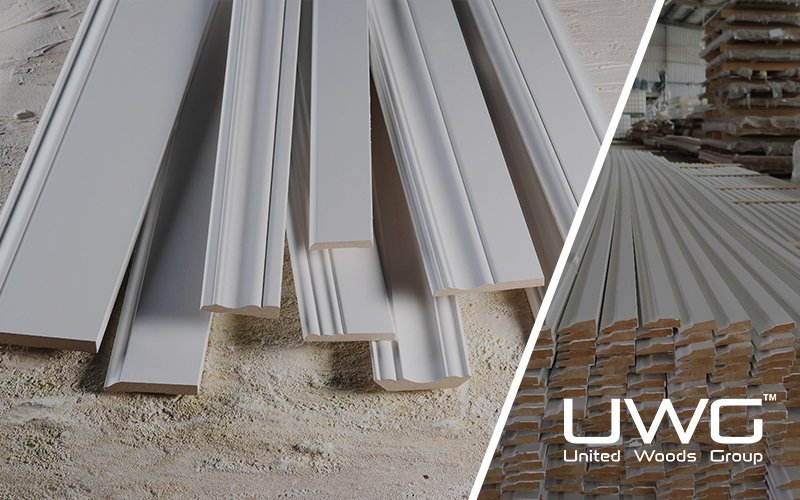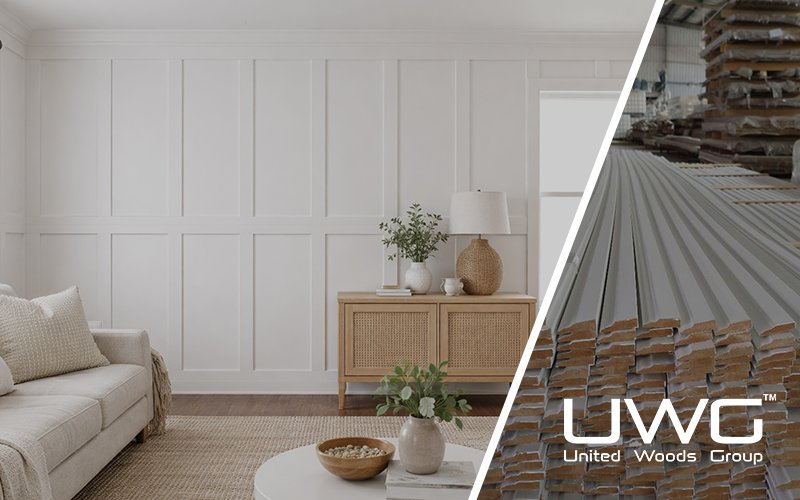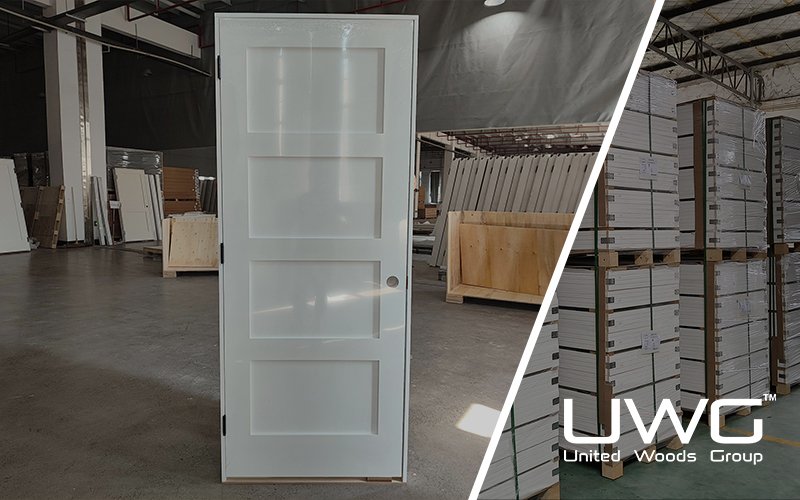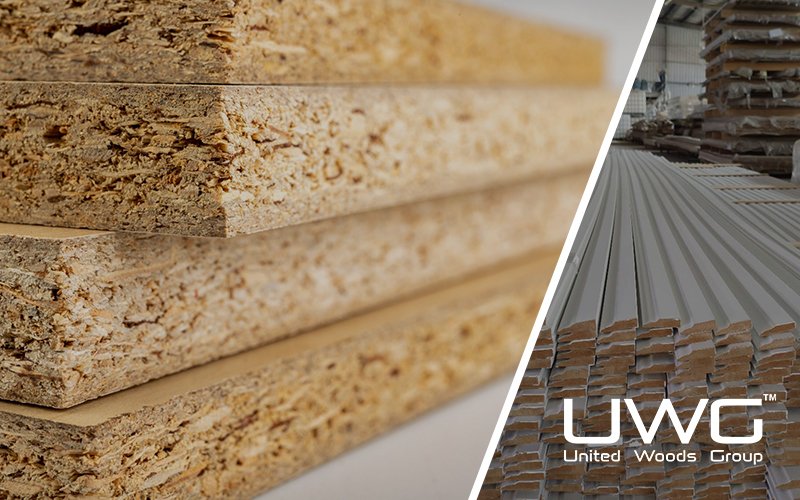You’re on-site, watching a homeowner open a cabinet—only to hear a hinge groan and the door slam shut. Suddenly, that “small detail” you rushed becomes a costly rework. For builders, contractors, and buyers alike, the wrong hardware isn’t just annoying—it’s a budget-buster waiting to happen.Choosing kitchen cabinet hardware can feel overwhelming with all the options—drawers, baskets, hinges, and more.Let’s simplify your decision with a complete guide focused on what really matters.
To choose the right kitchen cabinet hardware, focus on quality and compatibility. For drawers, use full-extension, soft-close slides are great options. They offer smooth motion and high durability. For pull-out baskets, choose stainless steel or solid wood units with ball-bearing slides. Make sure they are available in different sizes to fit base cabinets and pantries. Check the cabinet’s depth and width to ensure a proper fit. For soft-close hinges, go with concealed European-style models. Choose the correct overlay (full, half, or inset) based on your cabinet door. Avoid low-quality alternatives—they wear out quickly. Always measure carefully, buy a few extras, and stick to well-reviewed products for long-term reliability.
Now that we’ve covered the basics, let’s break down each hardware type and walk through sizing rules, and real product recommendations to help you buy with confidence.
Product Introduction
Before diving into specifics, here’s what each hardware type offers:
- Drawers: These slide-out compartments store utensils, cookware, or pantry items. Quality drawers should glide smoothly and handle heavy loads.
- Pull-Out Baskets: These mounted baskets inside cabinets make deep storage easily accessible. Great for pantries, pots, or cleaning supplies.
- Soft-Close Hinges: These special hinges gently shut cabinet doors using a hydraulic mechanism—preventing noise and extending cabinet life.
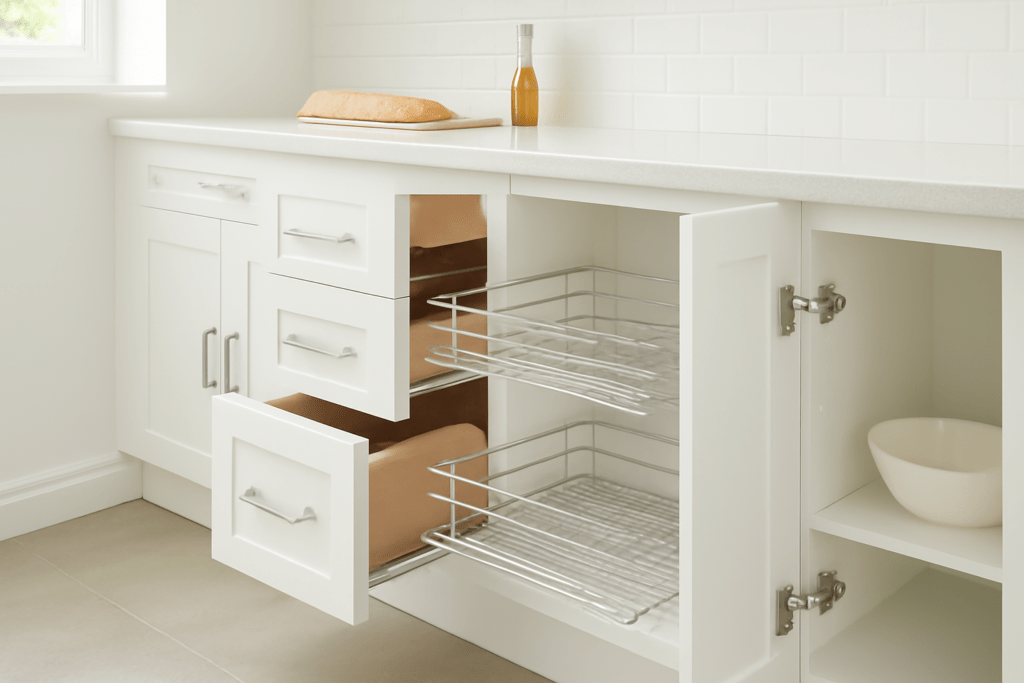
How to choose drawers for kitchen cabinets?
How to choose a drawer correctly?
When selecting drawers:
- Choose full-extension glides. These slides allow the drawer to extend completely out of the cabinet, providing unobstructed access to every inch of storage. This is particularly beneficial for deep drawers where items stored at the back might otherwise be difficult to reach, ensuring efficient use of space and convenience in retrieving bulky cookware like pots and pans.
- Consider undermount glides for a more refined appearance. By installing the hardware beneath the drawer, you achieve a seamless look that eliminates visible tracks, contributing to a cleaner, more modern aesthetic. Additionally, undermount glides often offer superior durability and stability, distributing weight evenly to prevent sagging over time.
- Incorporating soft-close tracks is another wise choice. These mechanisms gently slow the drawer’s motion as it closes, preventing slamming and reducing wear on both the drawer and its contents. This feature not only minimizes noise but also extends the lifespan of your drawers by protecting hinges and slides from stress.
- For unmatched durability, prioritize dovetail construction. This traditional woodworking technique uses interlocking joints that create a strong, self-locking bond without nails or glue, making it ideal for drawers holding heavy items.
Always check the drawer’s load rating to ensure it can handle heavy cookware.
What is the 1/3 rule for cabinet pulls?
The best formula for choosing cabinet pulls is based on one-third the width of the drawer or height of the door. For example, a 30-inch drawer would look balanced with a 10-inch pull. Always round up if in between sizes. Oversized pulls work well for modern designs.
How to choose drawer pulls for kitchen?
Look for pulls that match your cabinet style and finish. Consider:
- Size: Opt for 5–7 inches for upper cabinets to ensure comfortable gripping, while larger sizes suit base drawers for easier access.
- Style: Sleek bar pulls enhance modern kitchens, whereas intricate, detailed designs complement classic aesthetics.
- Material: Brushed nickel, matte black, or brass are timeless and durable.
Function and aesthetics must work hand in hand.

How to choose pull-out baskets for kitchen?
What should I consider when choosing pull-out baskets?
- Fit your cabinet depth and width exactly.
- Are made of stainless steel or reinforced wood.
- Feature full-extension rails for maximum reach.
- Include adjustable dividers for organizing food or cleaning supplies.
How to choose pull-out baskets correctly?
When choosing pull-out baskets:
- When selecting pull-out baskets for your cabinets, precision and functionality are key to maximizing both storage and ease of use. Begin by carefully measuring your cabinet’s interior width and depth to ensure the baskets fit snugly without obstructing doors or other components. This step prevents installation issues and guarantees smooth operation.
- For a seamless experience, opt for baskets equipped with smooth ball-bearing slides. These slides reduce friction, enabling quieter, effortless gliding even when fully loaded with heavy items like pots or pantry staples. Their durability also ensures long-term reliability, minimizing maintenance.
- To enhance space efficiency, prioritize tiered or double-deck designs. These configurations allow you to stack or separate items vertically, making it easier to organize and access everything from cutting boards to spices without wasting valuable cabinet space.
- Consider the basket’s base design based on your storage needs. Open mesh bottoms promote airflow, ideal for fresh produce or linens, while solid bottoms prevent small items like utensils or snack packets from slipping through cracks. By aligning these features with your lifestyle, you can transform chaotic cabinets into a model of organization and accessibility.
Installation should match your cabinetry type—frameless or face-frame.

How to choose soft-close hinges for kitchen cabinets?
What are the advantages of soft-close hinges?
Soft-close hinges:
- Prevent slamming—ideal for families or rental units.
- Extend the life of cabinets by reducing impact.
- Offer a smooth, quiet experience.
- Improve safety by avoiding pinched fingers.
Make sure the hinge overlay (full, half, inset) matches your cabinet door style.
How to choose soft-close hinges correctly?
When selecting soft-close hinges:
- When upgrading or installing cabinet hinges, understanding your cabinet’s design is crucial for seamless compatibility. Begin by identifying your cabinet type: frameless or framed. Frameless cabinets require hinges designed for edge-mounted installation, while framed models need hinges that attach to the frame and door, ensuring proper alignment and function.
- Choose the right overlay to match your aesthetic and cabinet structure. Full overlay hinges conceal the frame entirely for a sleek, modern look, whereas half overlay allows partial visibility of the frame, suitable for side-by-side doors. Inset hinges, which sit flush with the cabinet face, offer a traditional, clean appearance ideal for classic designs.
- Opt for 3-way adjustable hinges to ensure precise alignment, allowing you to tweak the door vertically, horizontally, and depth-wise for a perfect fit. Clip-on mechanisms simplify installation and removal, making maintenance or door swaps hassle-free. Lastly, verify the hinge angle—110° is standard for most cabinets, but wider angles (up to 170°) are available for corner cabinets or pull-out shelves, enhancing accessibility and usability.
Higher-quality hinges usually include better motion control and longer service life.

What types of cabinet hardware finishes are trending?
Current popular finishes include:
- Matte black – Bold and modern.
- Brushed brass – Warm and luxurious.
- Oil-rubbed bronze – Traditional and rich.
- Satin nickel – Classic and versatile.
Tip: Match hardware finish to your faucet or appliances for a cohesive design.

What are the best kitchen cabinet hardware ideas in 2025?
Trending ideas this year include:
- Mixed finishes (e.g., brass handles + matte black knobs).
- Integrated pulls for a seamless look.
- Oversized pulls for larger drawers.
- Pull-out spice racks and corner baskets for maximum utility.
Designers are focusing on both style and smart storage in modern kitchens.
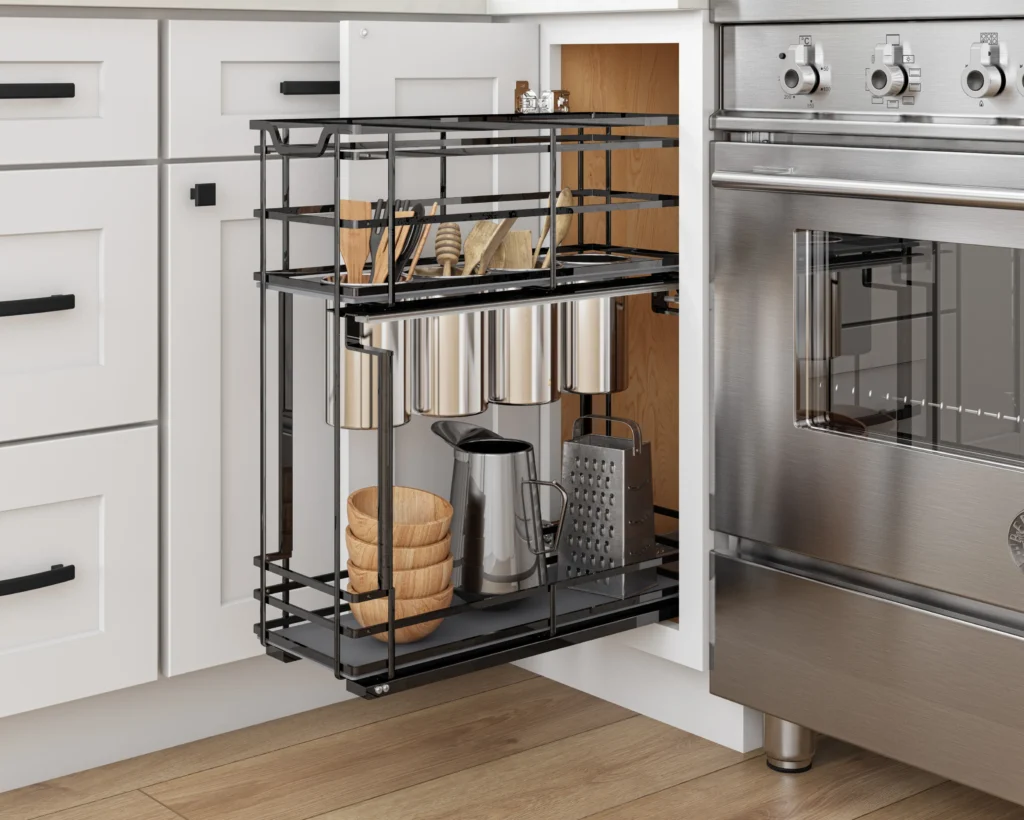
Shopping Recommendations
Here’s how to make sure you buy the right hardware:
- Measure first. Know your cabinet dimensions before shopping.
- Check material and build quality before committing to bulk orders.
- Match finishes across hinges, pulls, and baskets.
- Buy extras in case you need replacements later.
- Don’t compromise function for design—both matter in kitchens that are used daily.
Check reviews and spec sheets before placing large orders.

Summary
Now you know what to look for when choosing cabinet drawers, baskets, and hinges. If you’re a builder or buyer, investing in the right hardware pays off in function, design, and durability. Got questions or need recommendations? Drop a comment—we’re here to help!



